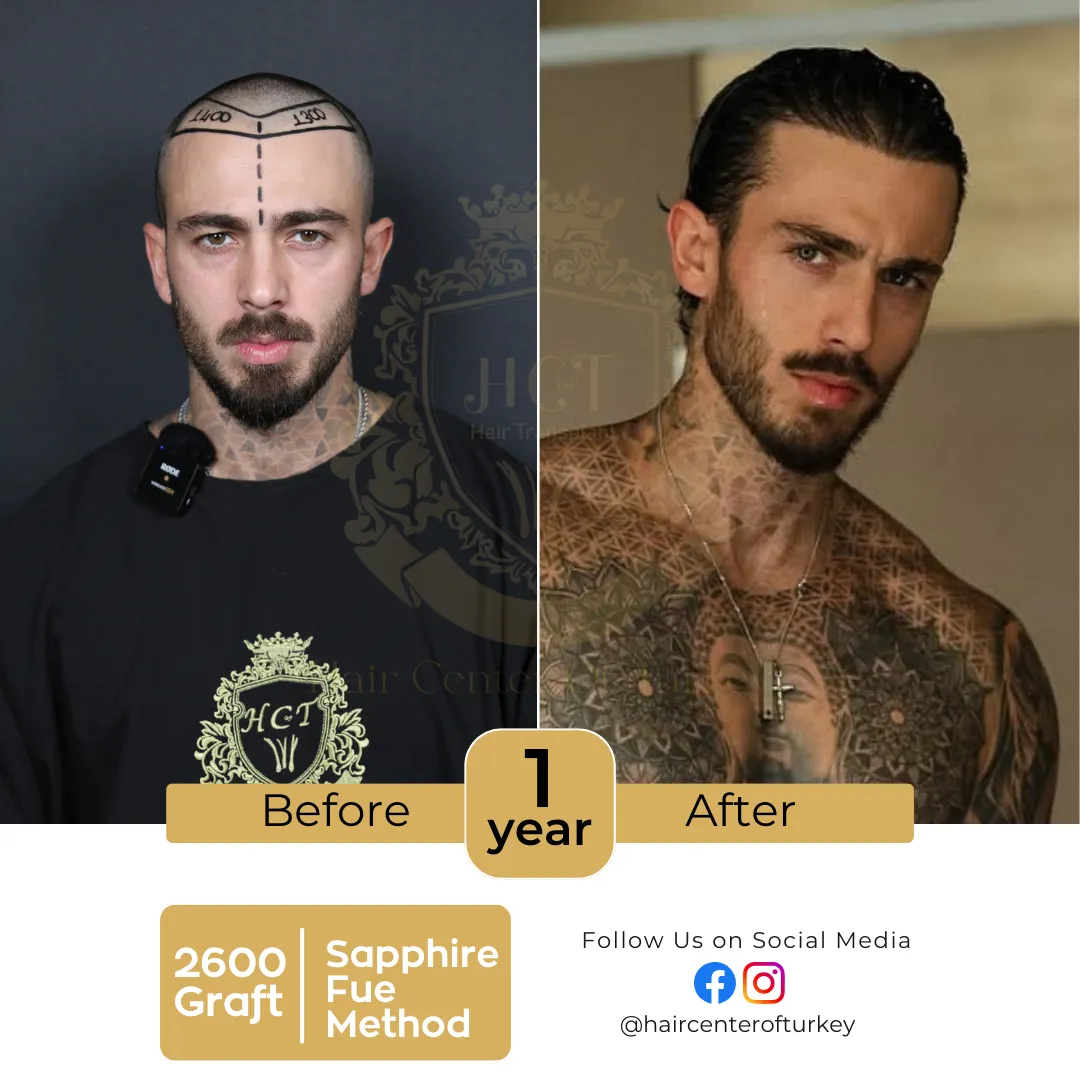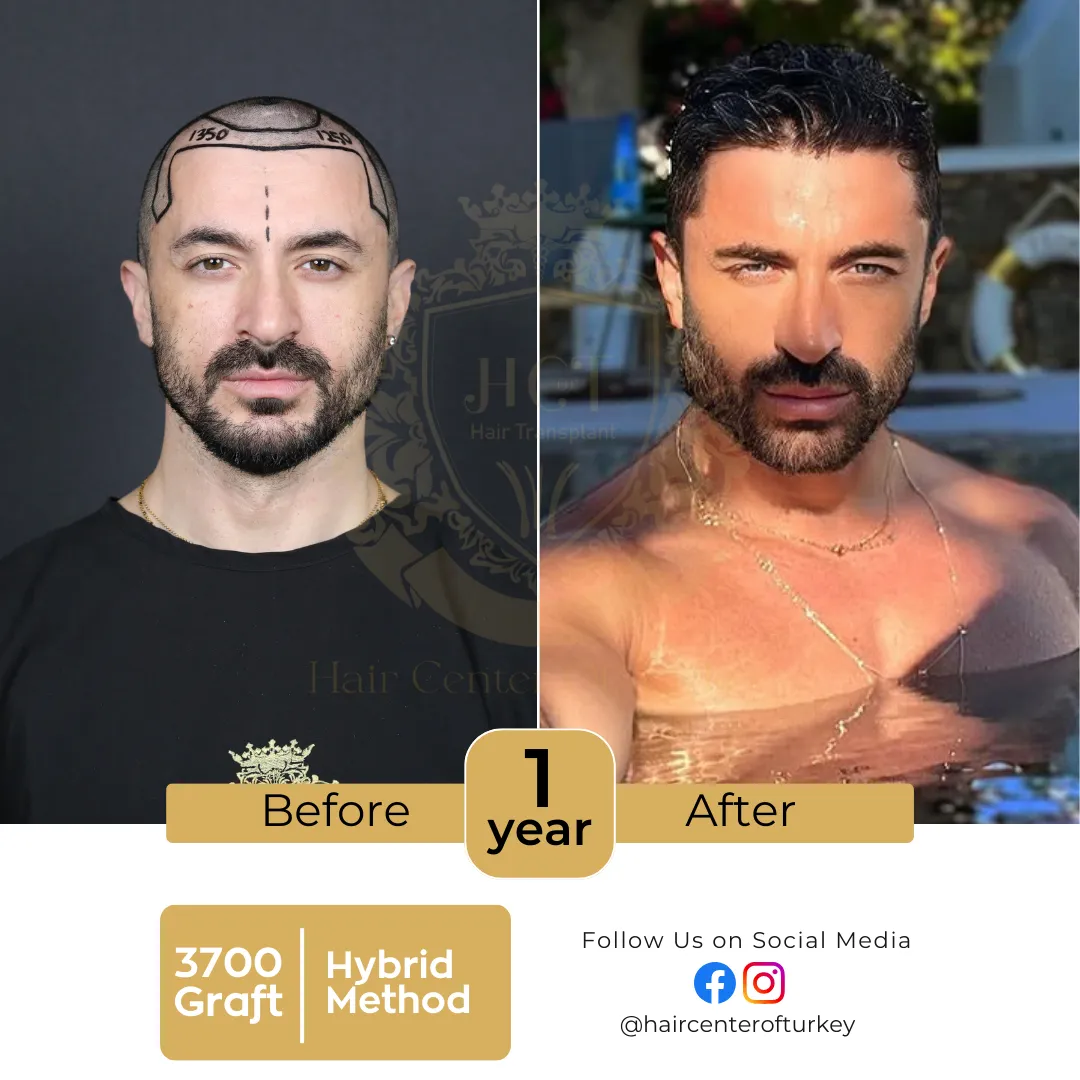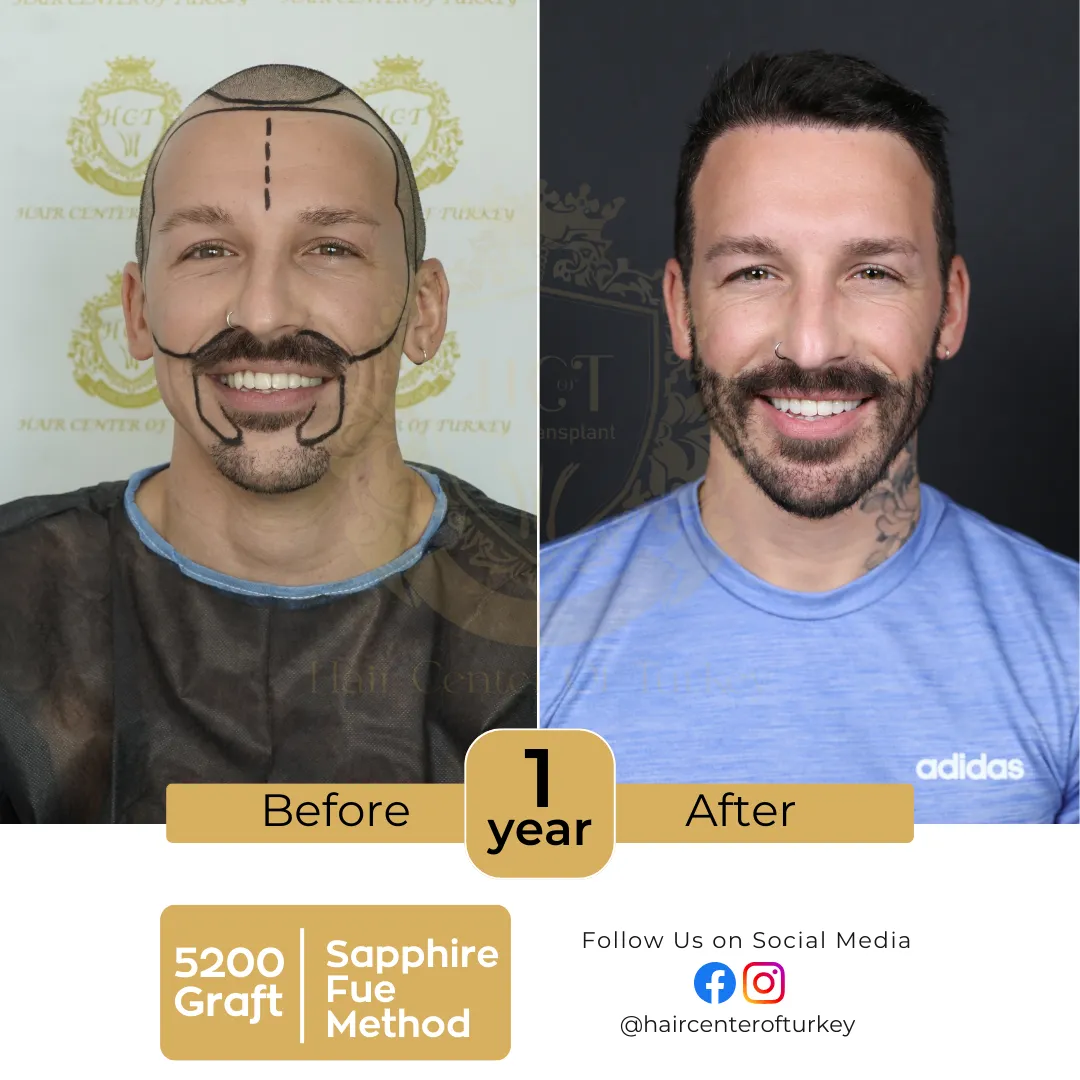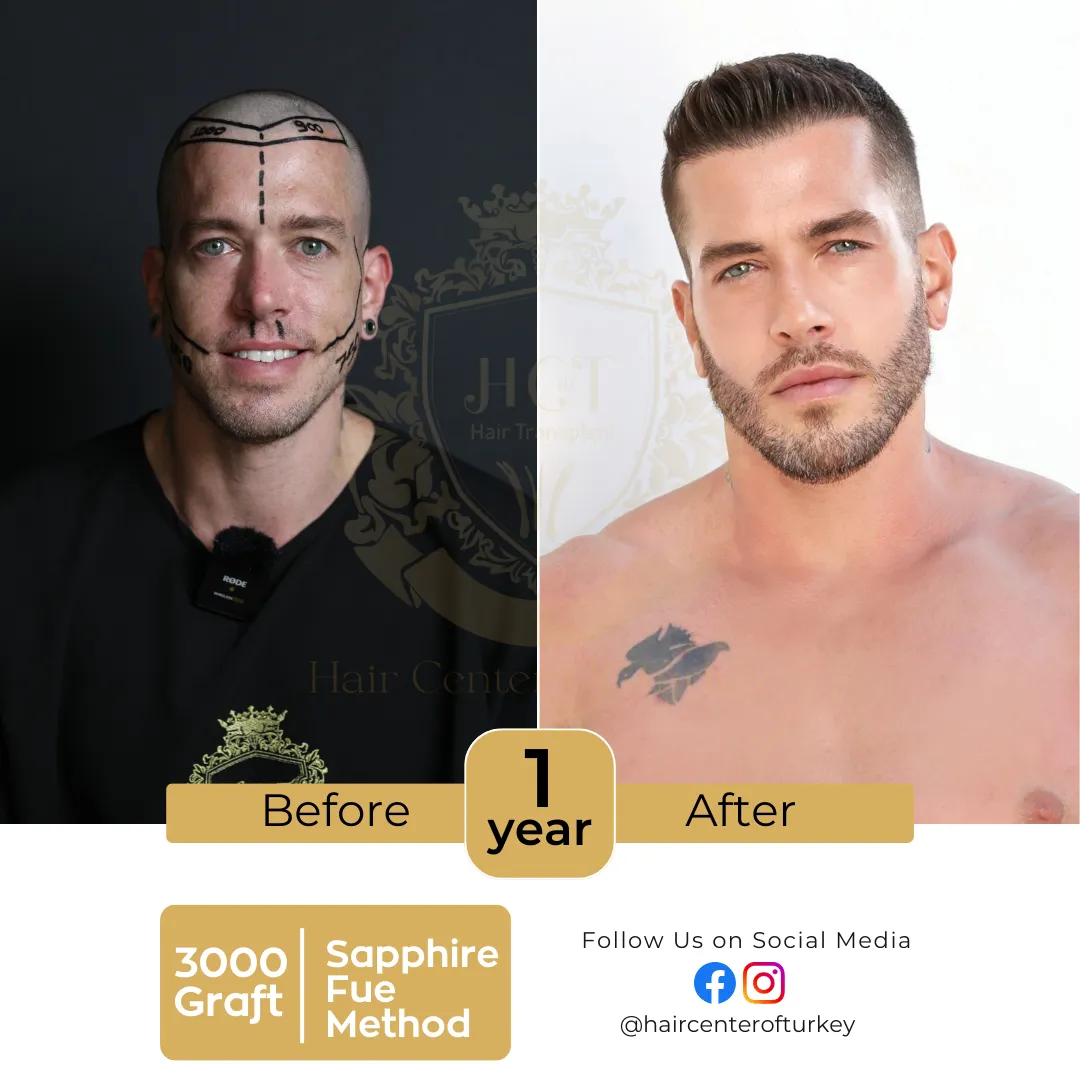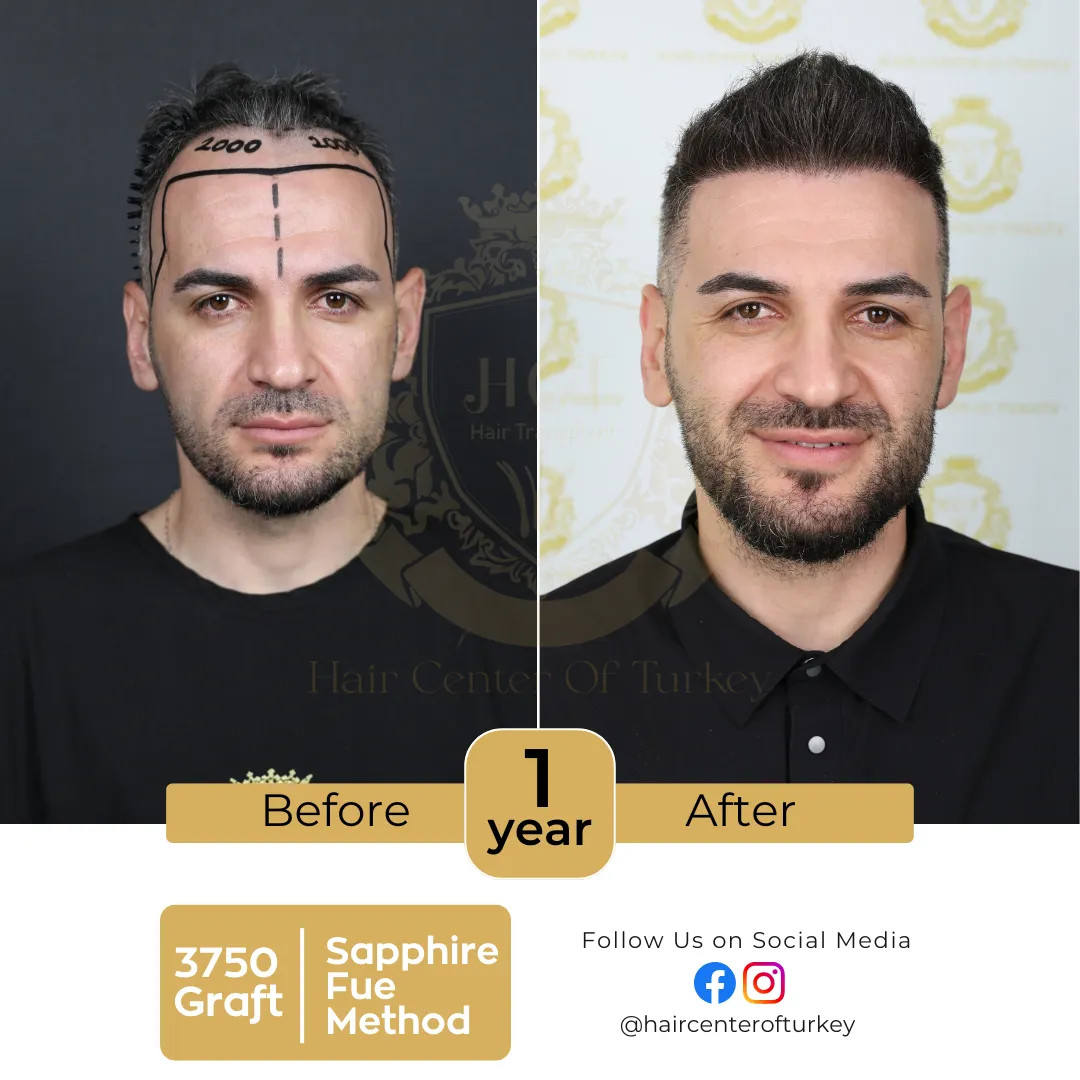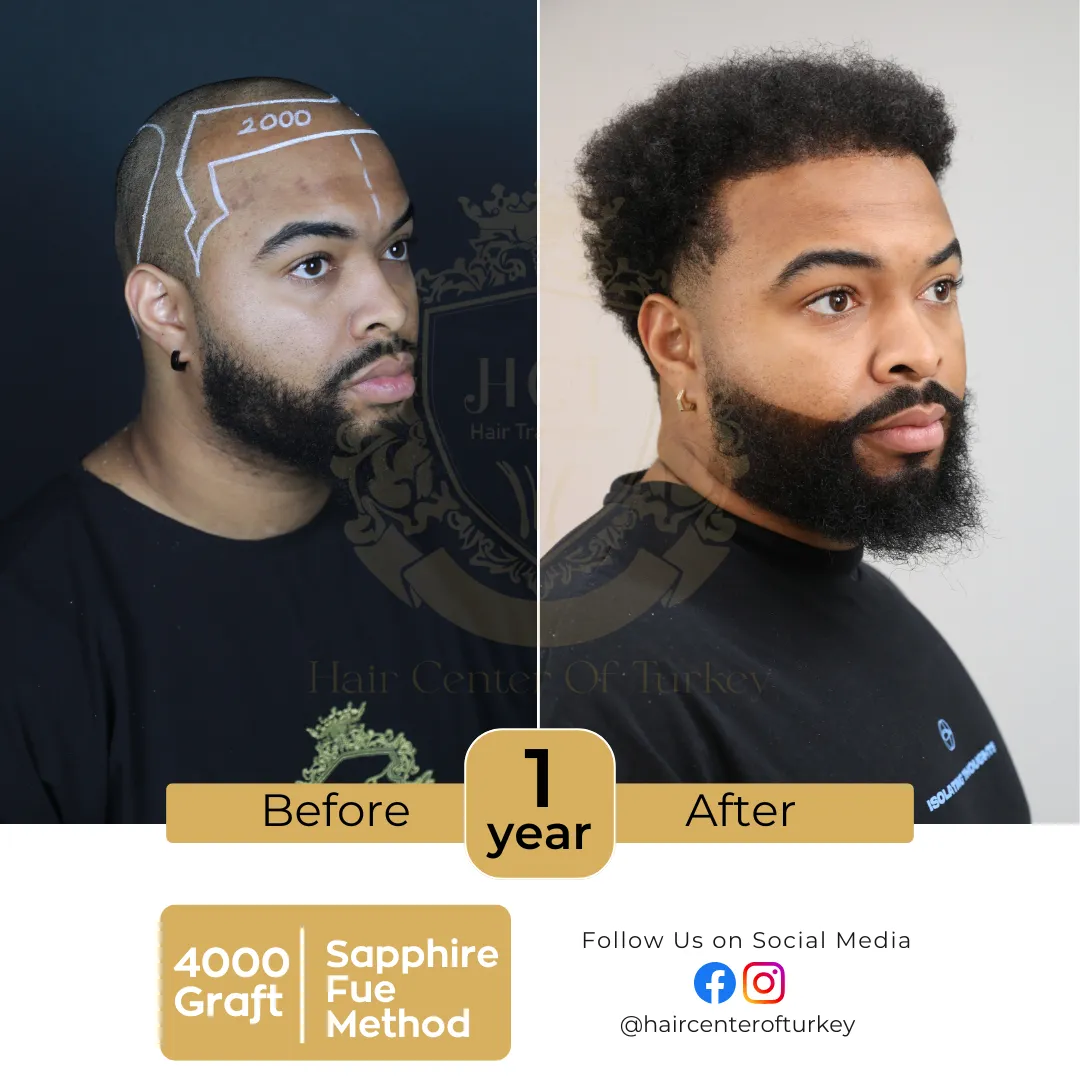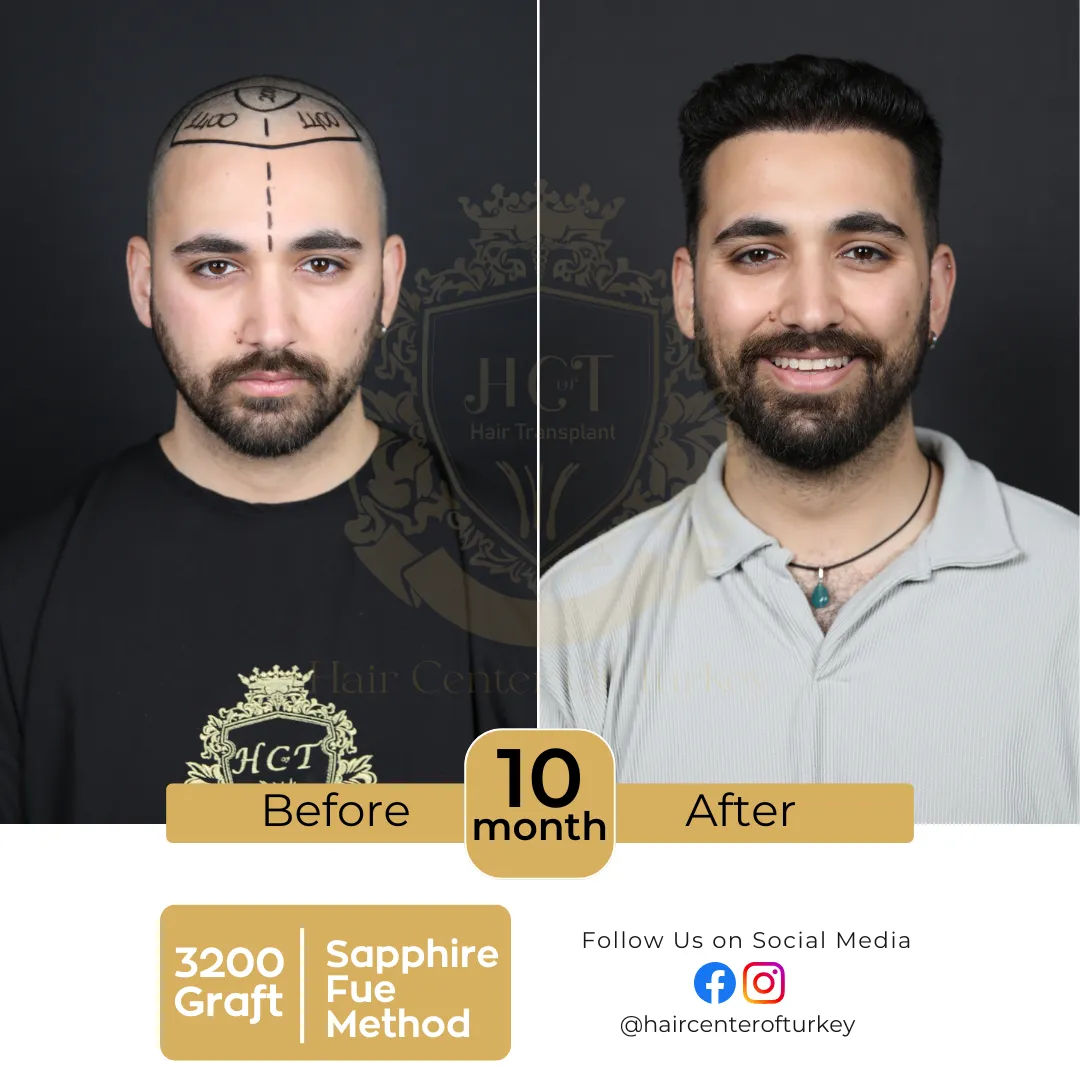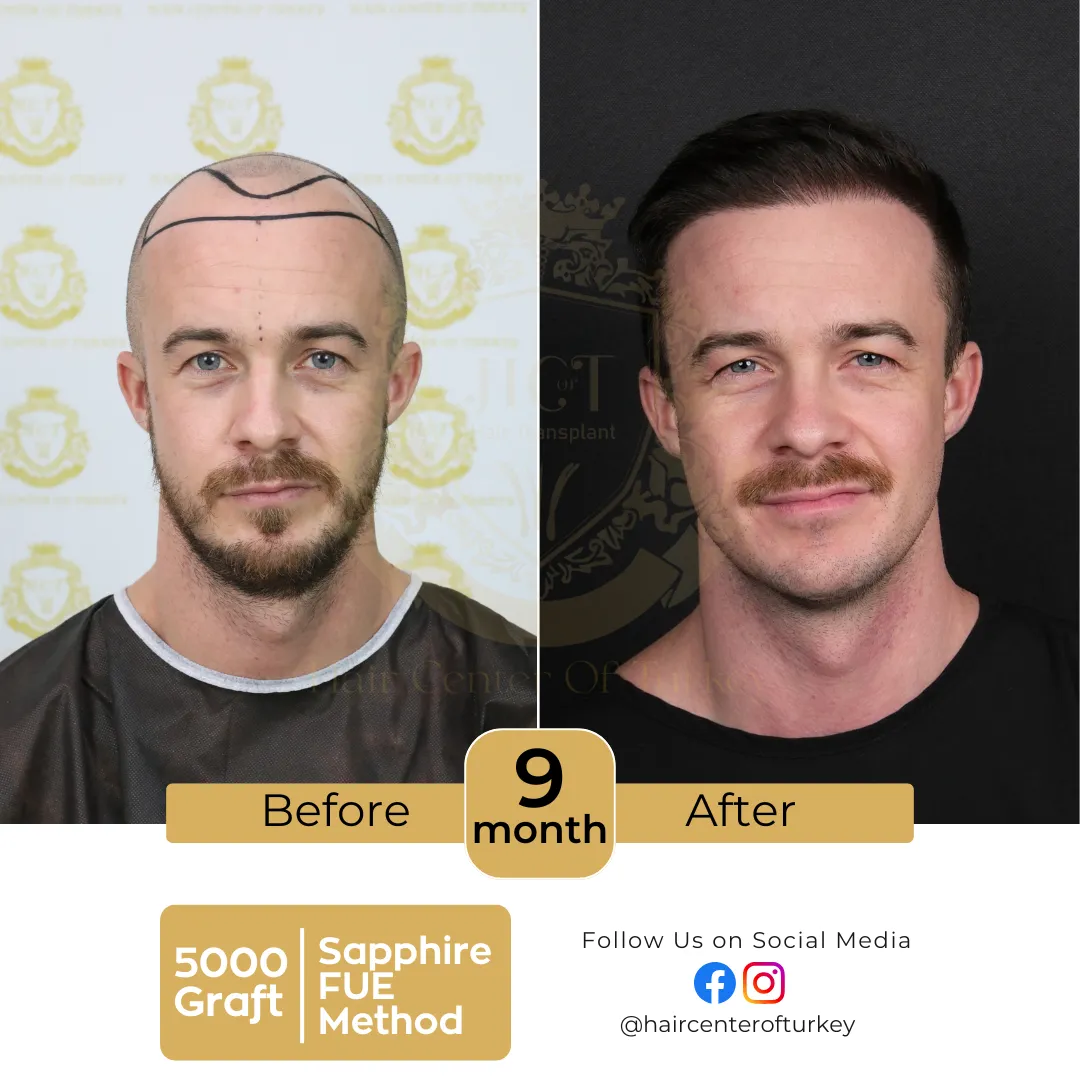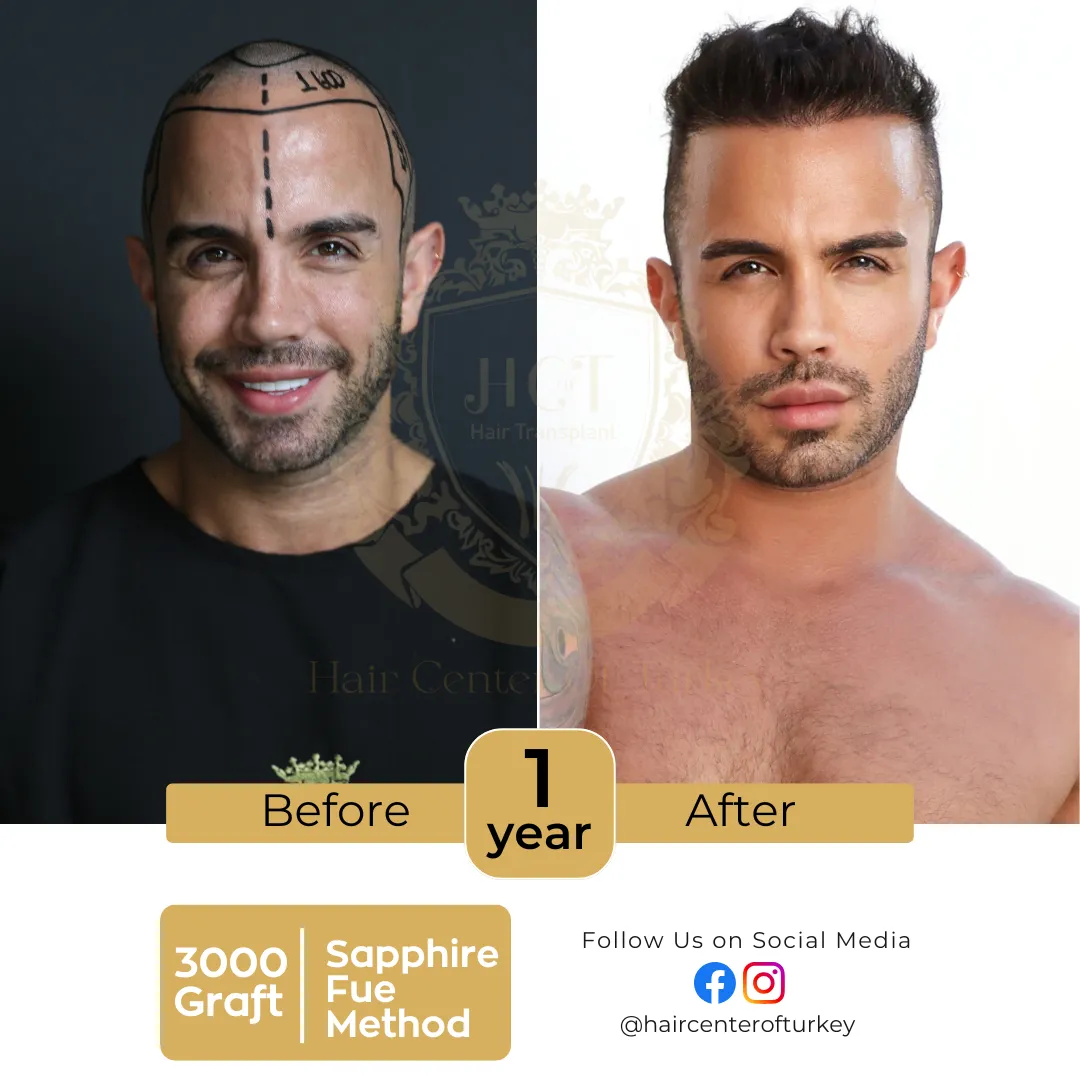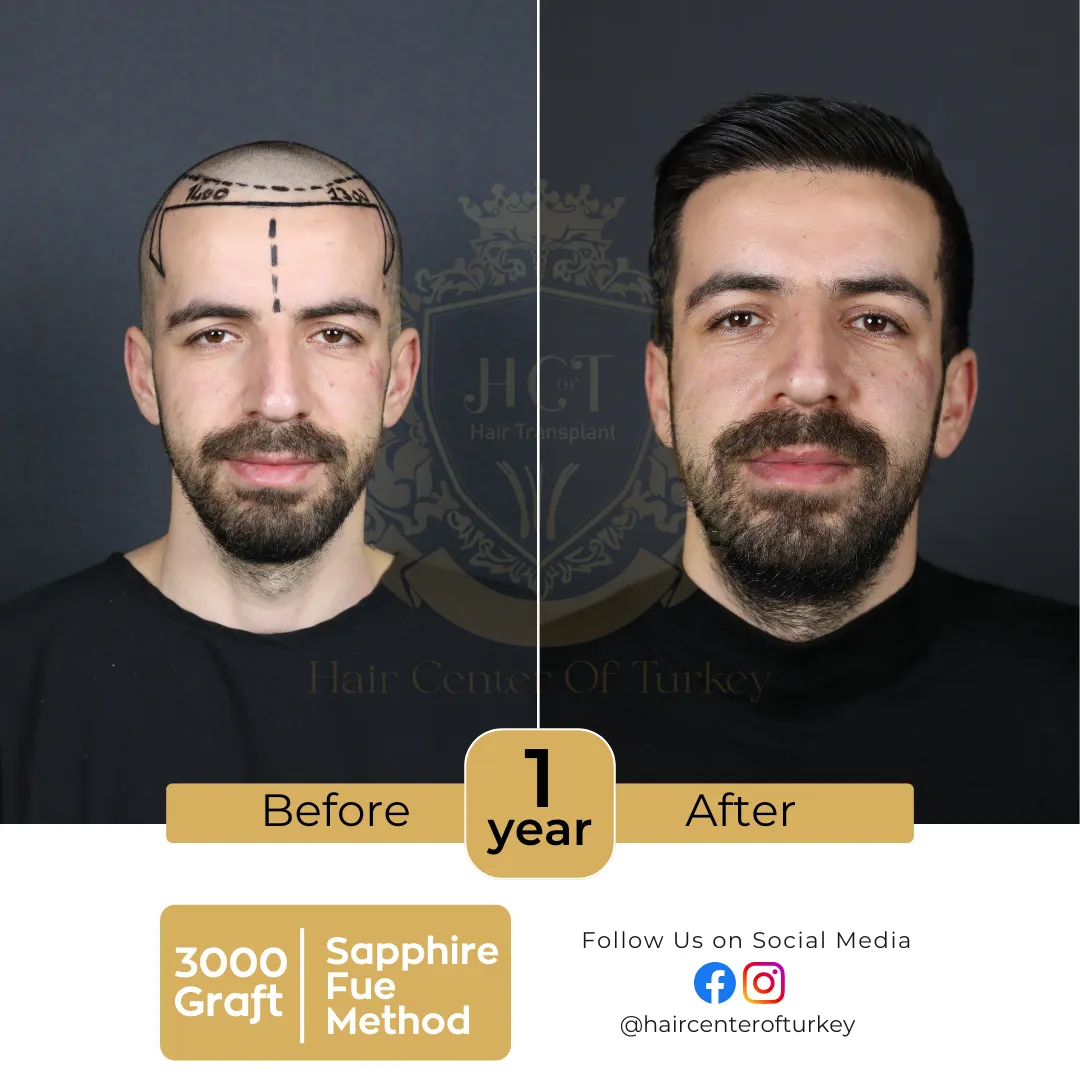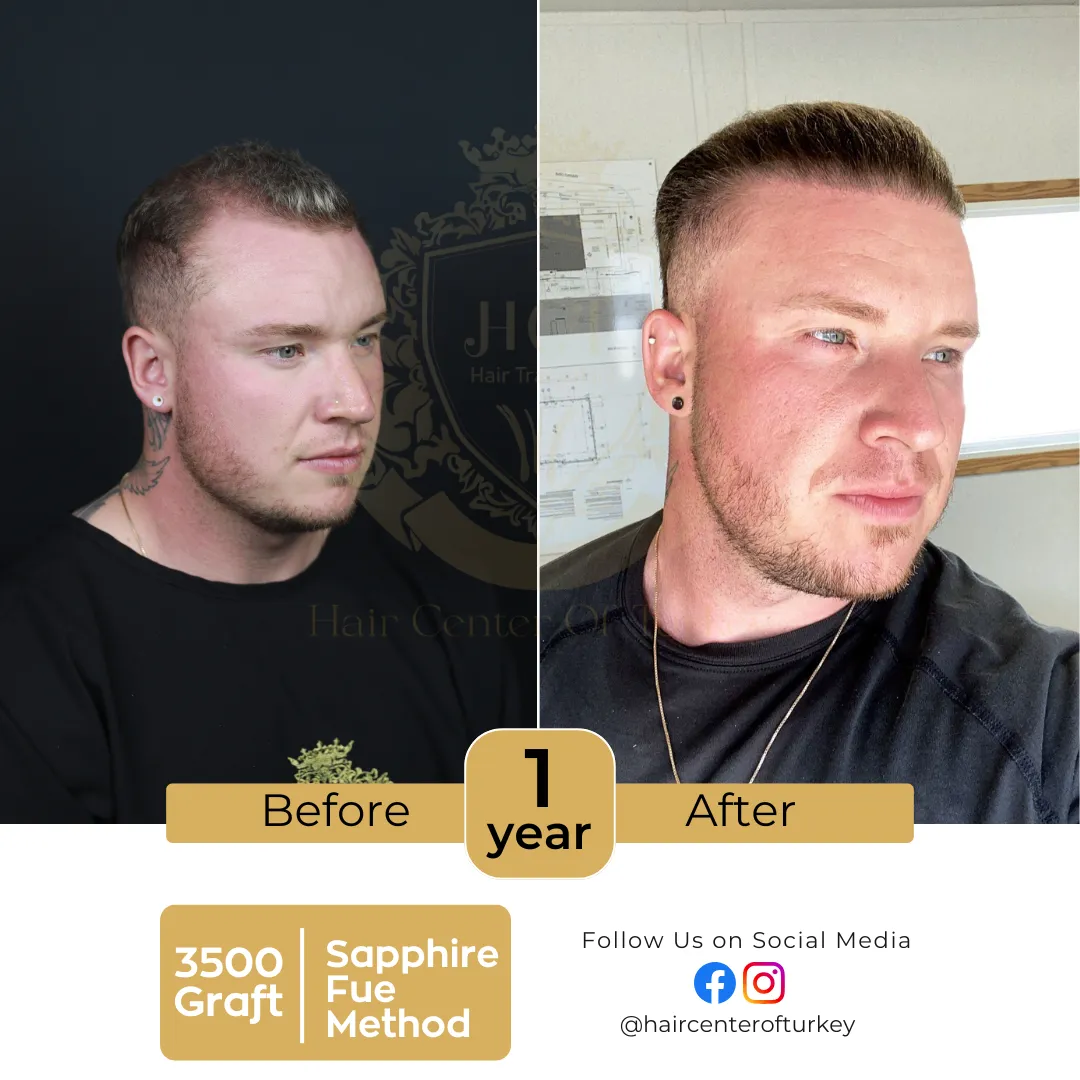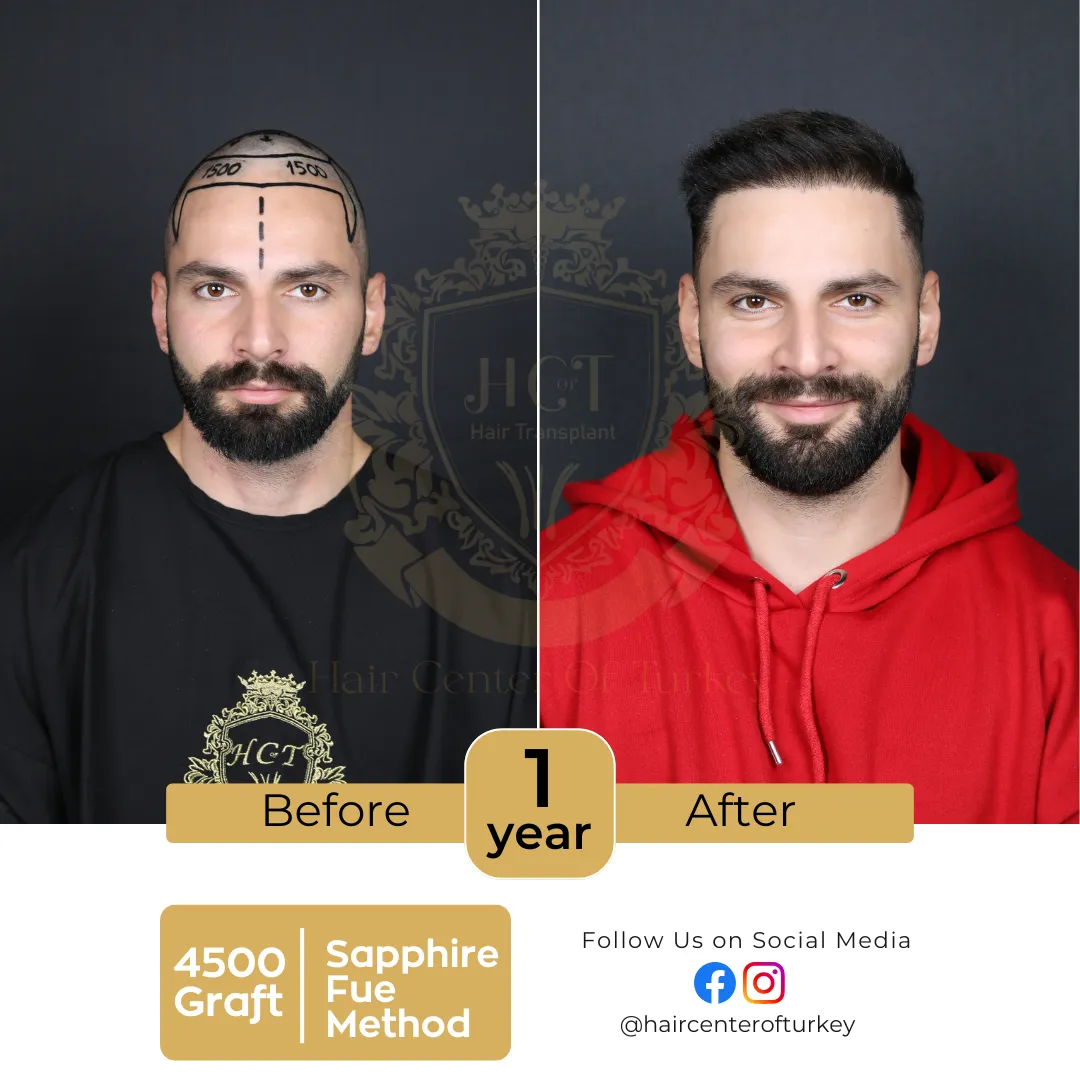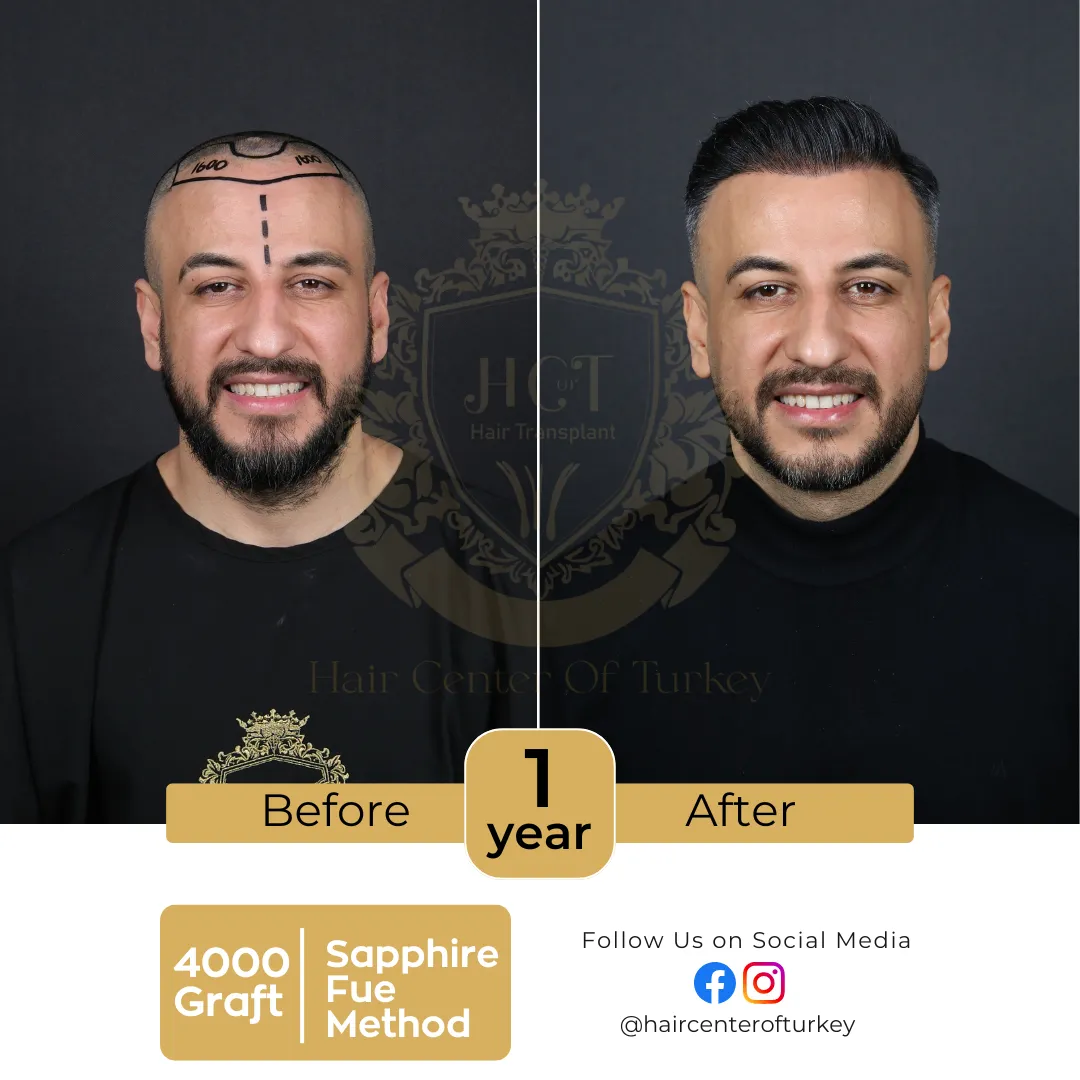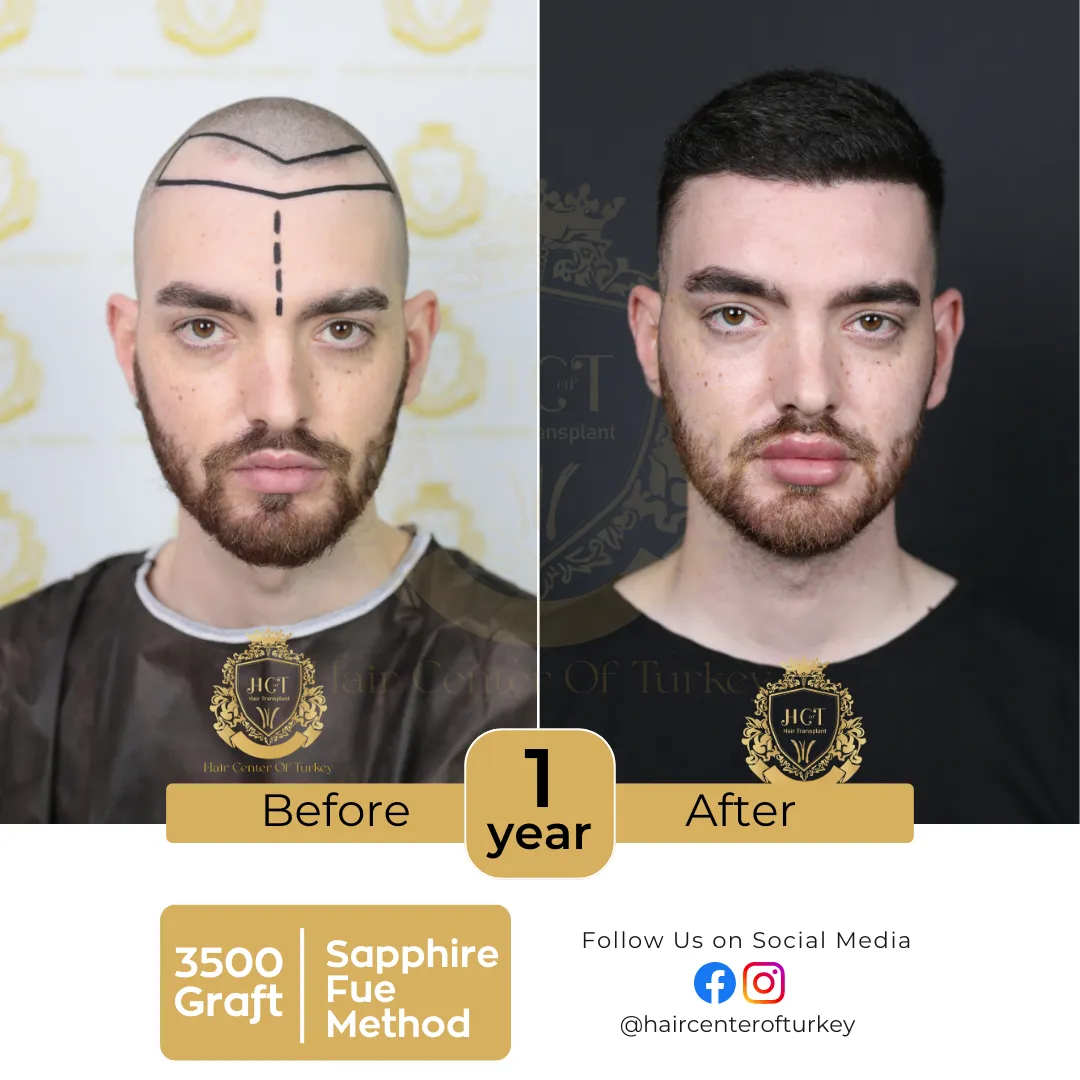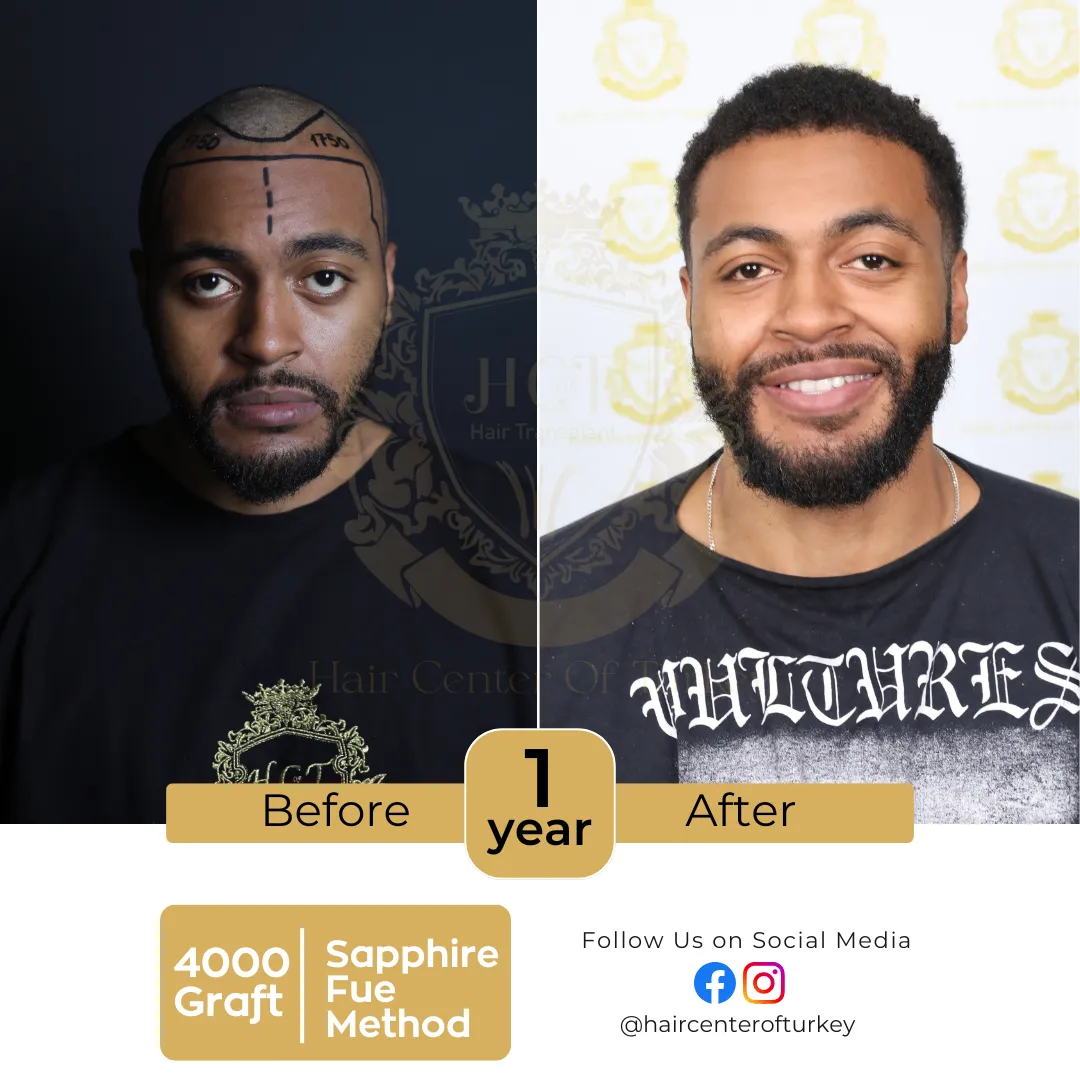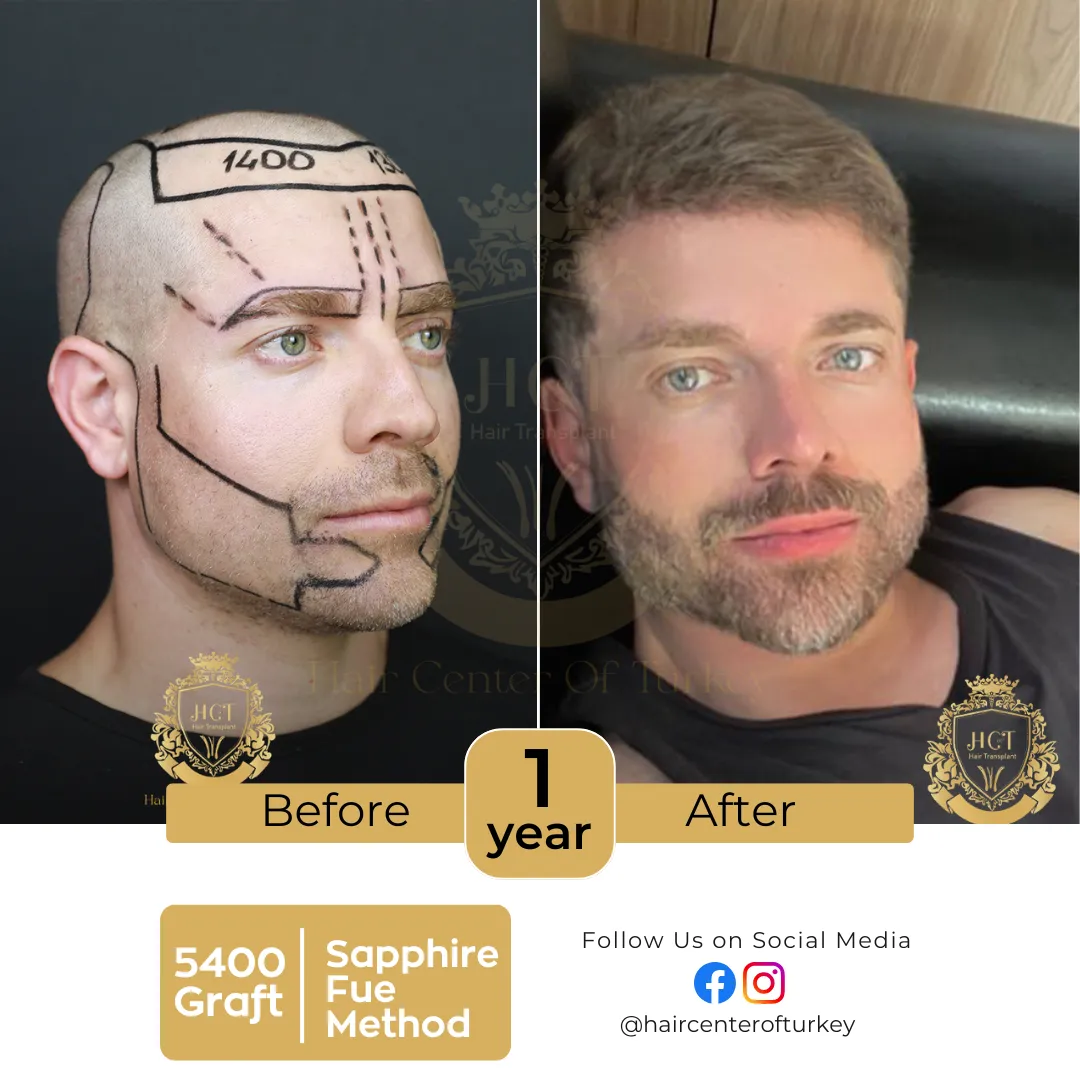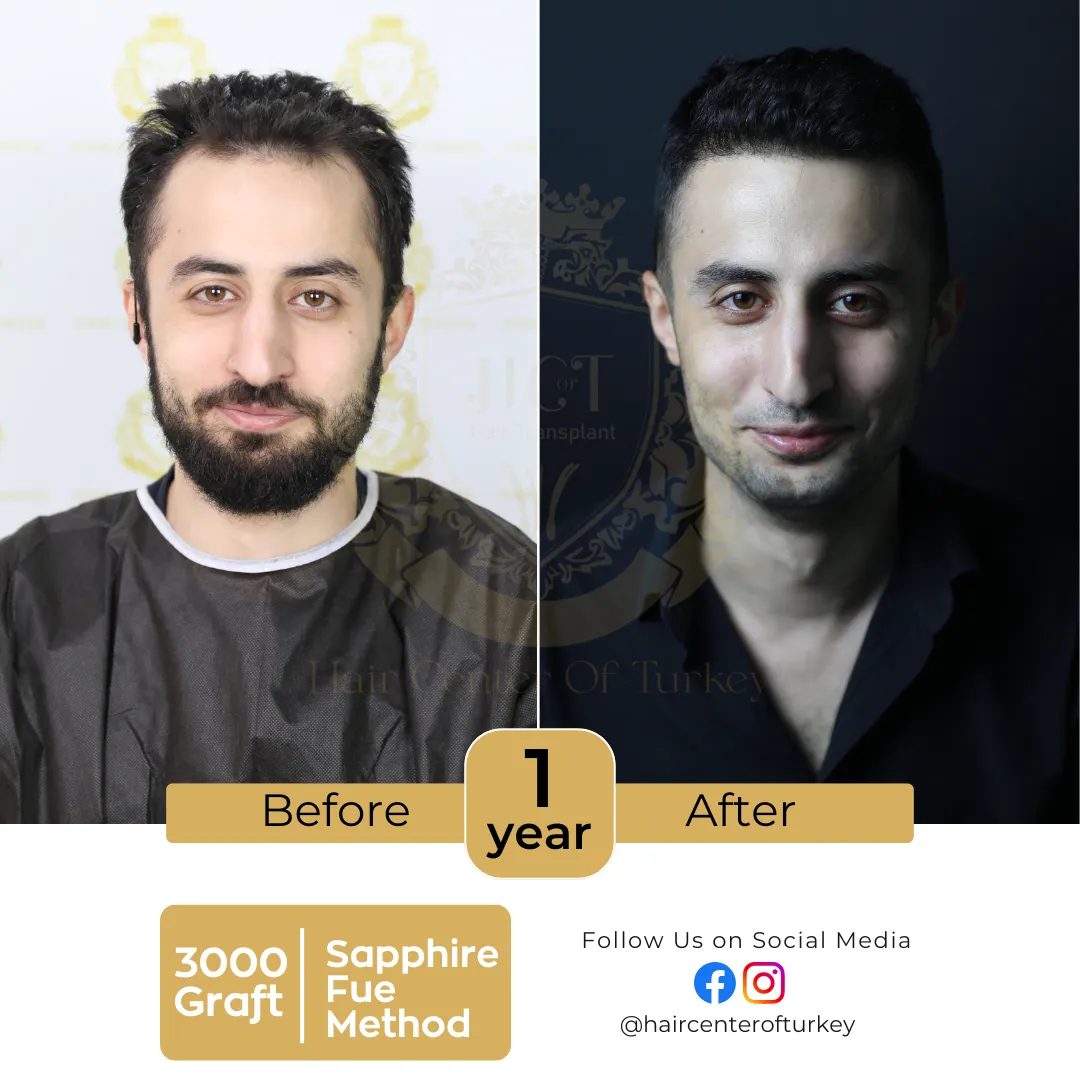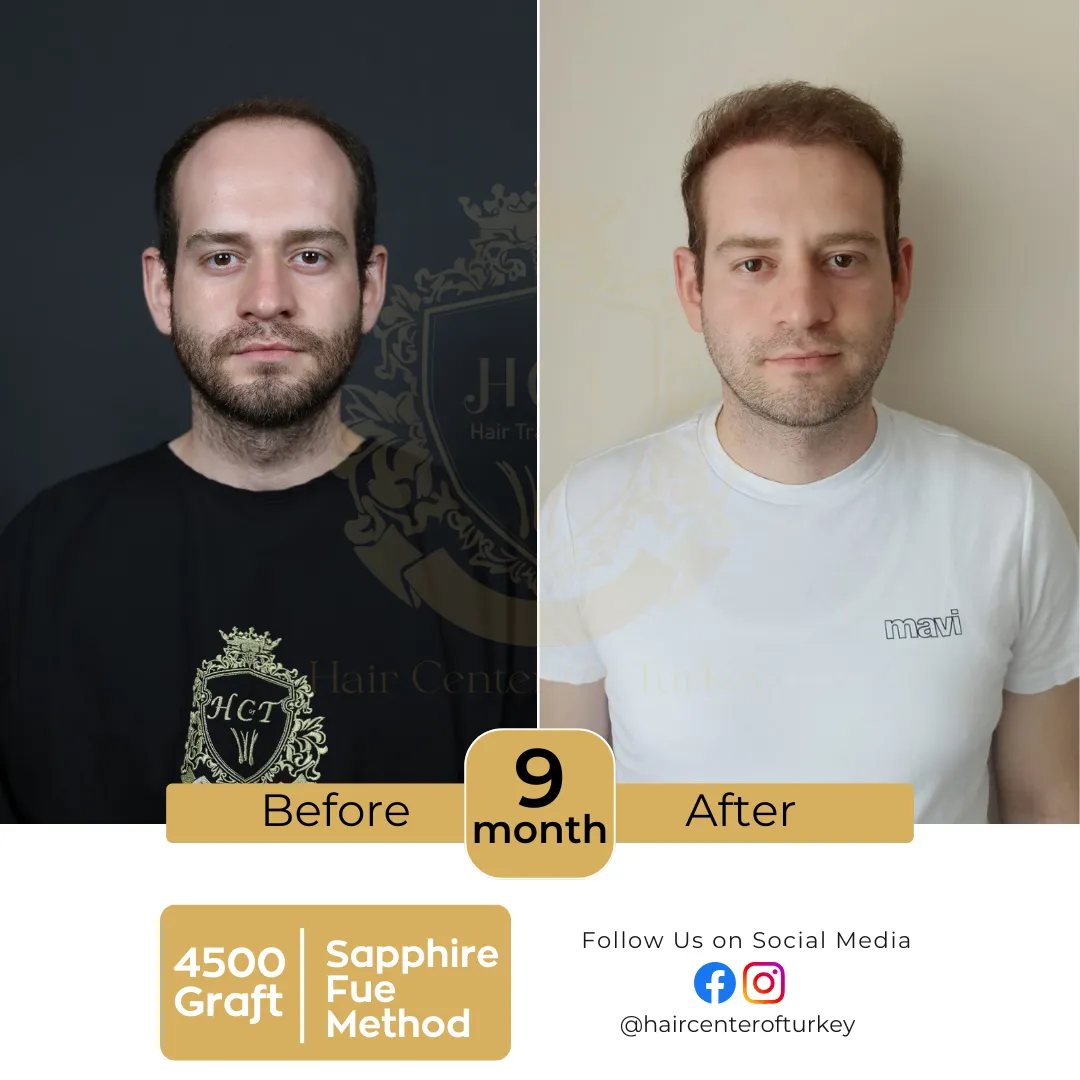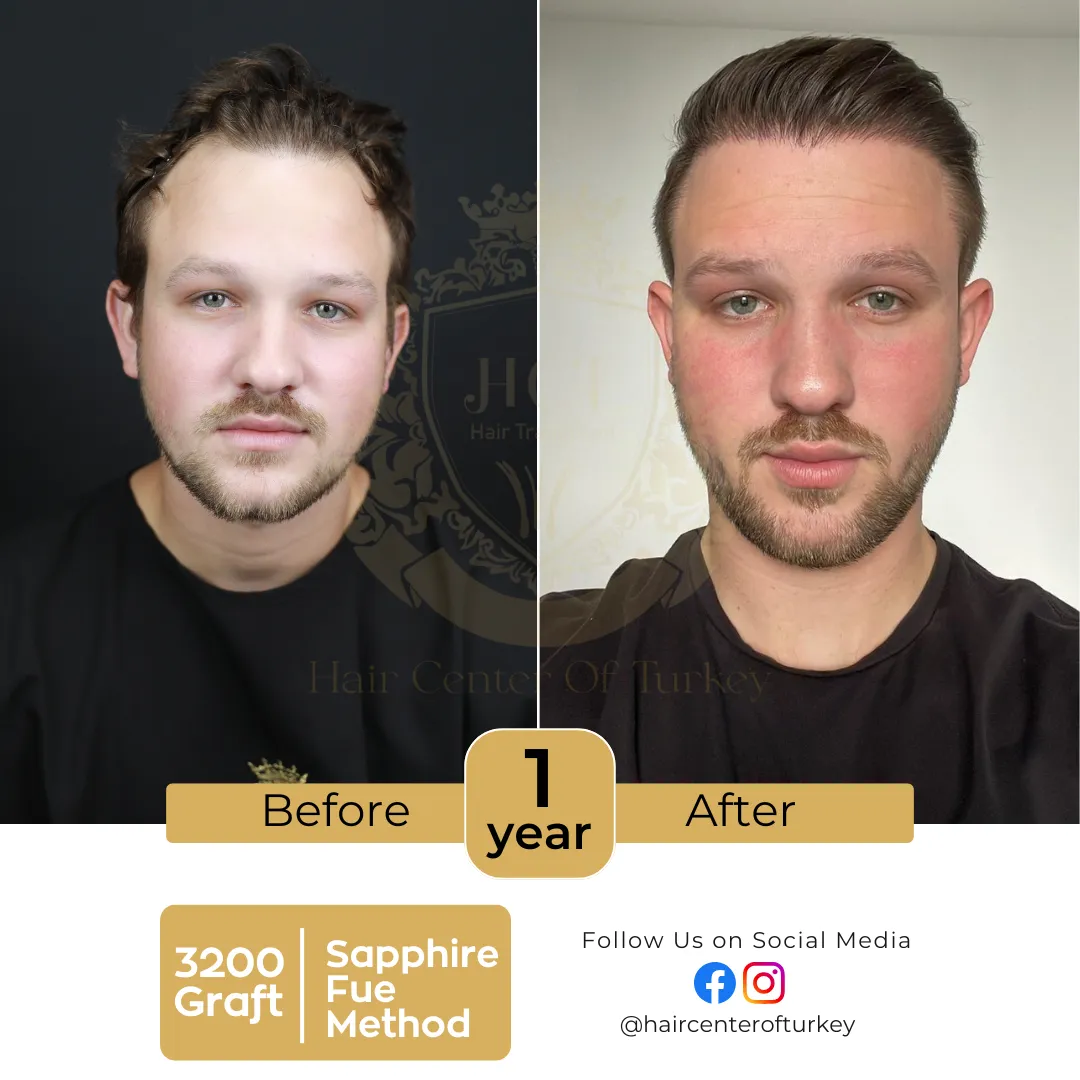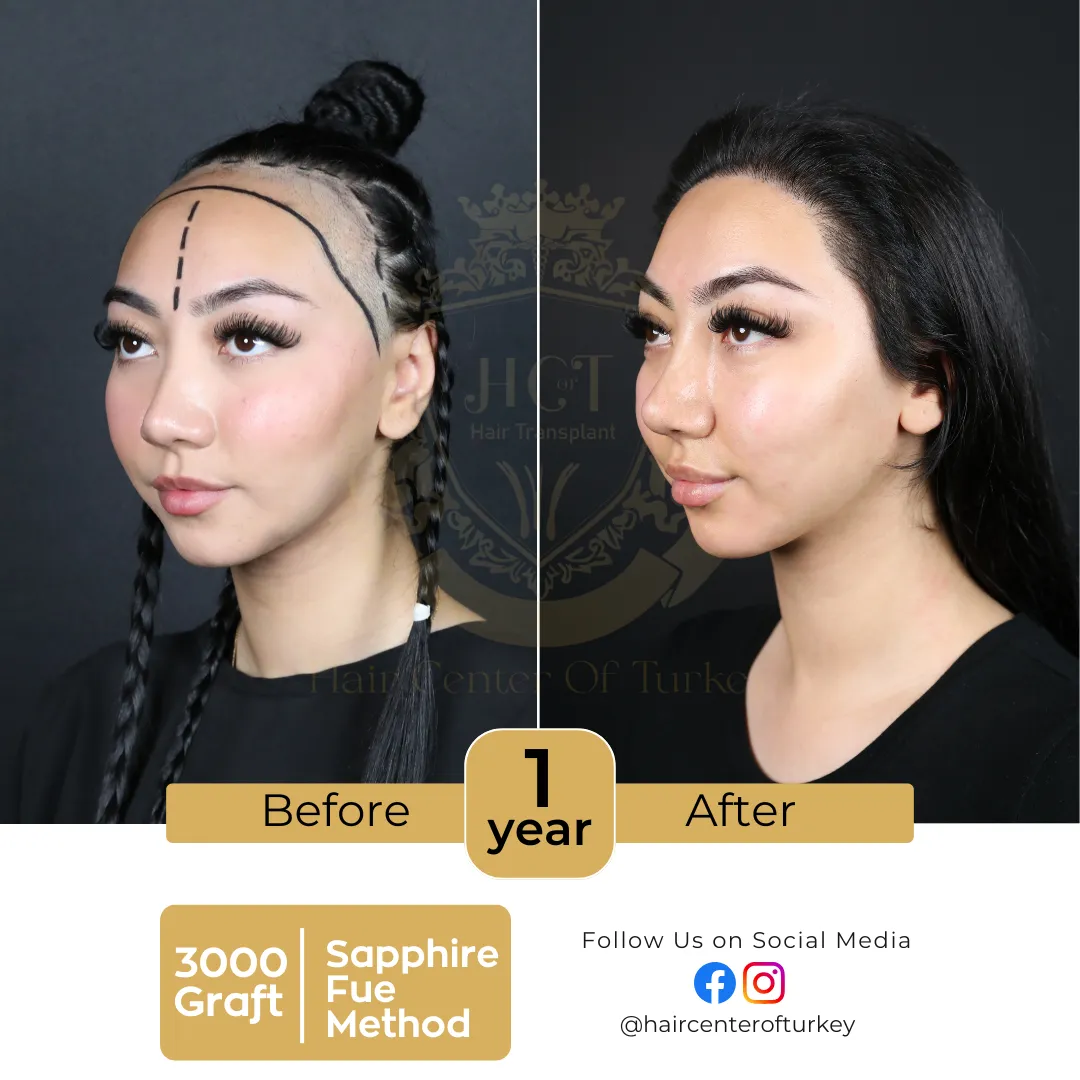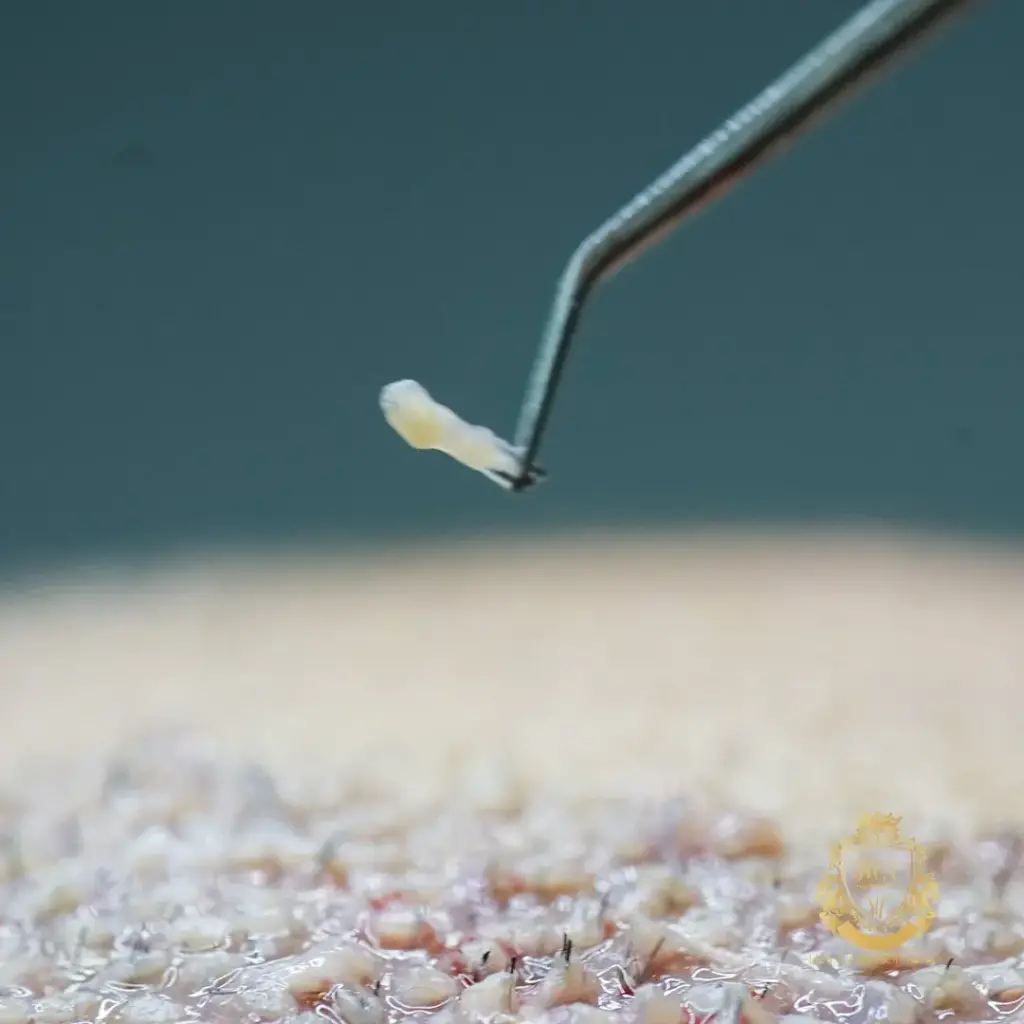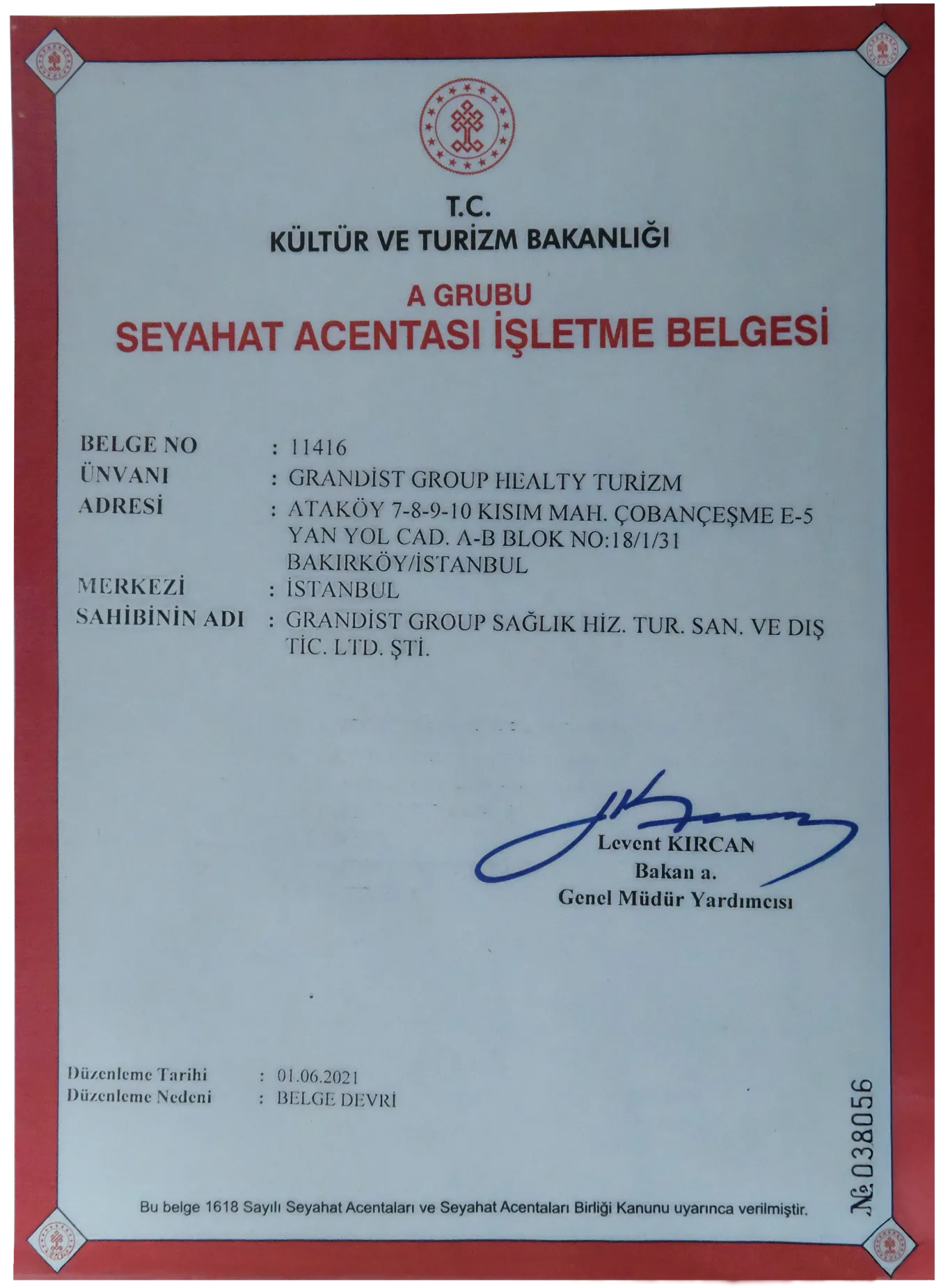Who is done first hair transplant in world?
History of Hair Transplant Surgery. What is the history of hair transplant? When was hair restoration first performed in the world? Who first discovered hair transplantation, is one of the questions that those interested in hair transplant are curious about. In this article, we will try to find answers to these questions. So let’s get started.
Hair loss is one of the hair problems seen in both men and women today. Although there are many treatment methods for strengthening the hair in today’s medical world, there is no treatment method for hair loss.
In the past years, a solution was sought to eliminate genetically caused hair loss such as androgenetic alopecia, especially in men. Research has been conducted and many techniques have been tried in order to find a solution to the problems of people with hair loss and to make those with damaged scalp look good after wars and fires. The most effective of these is hair transplant. So how were the first applications of hair transplant carried out in the world? Let’s take a look together.
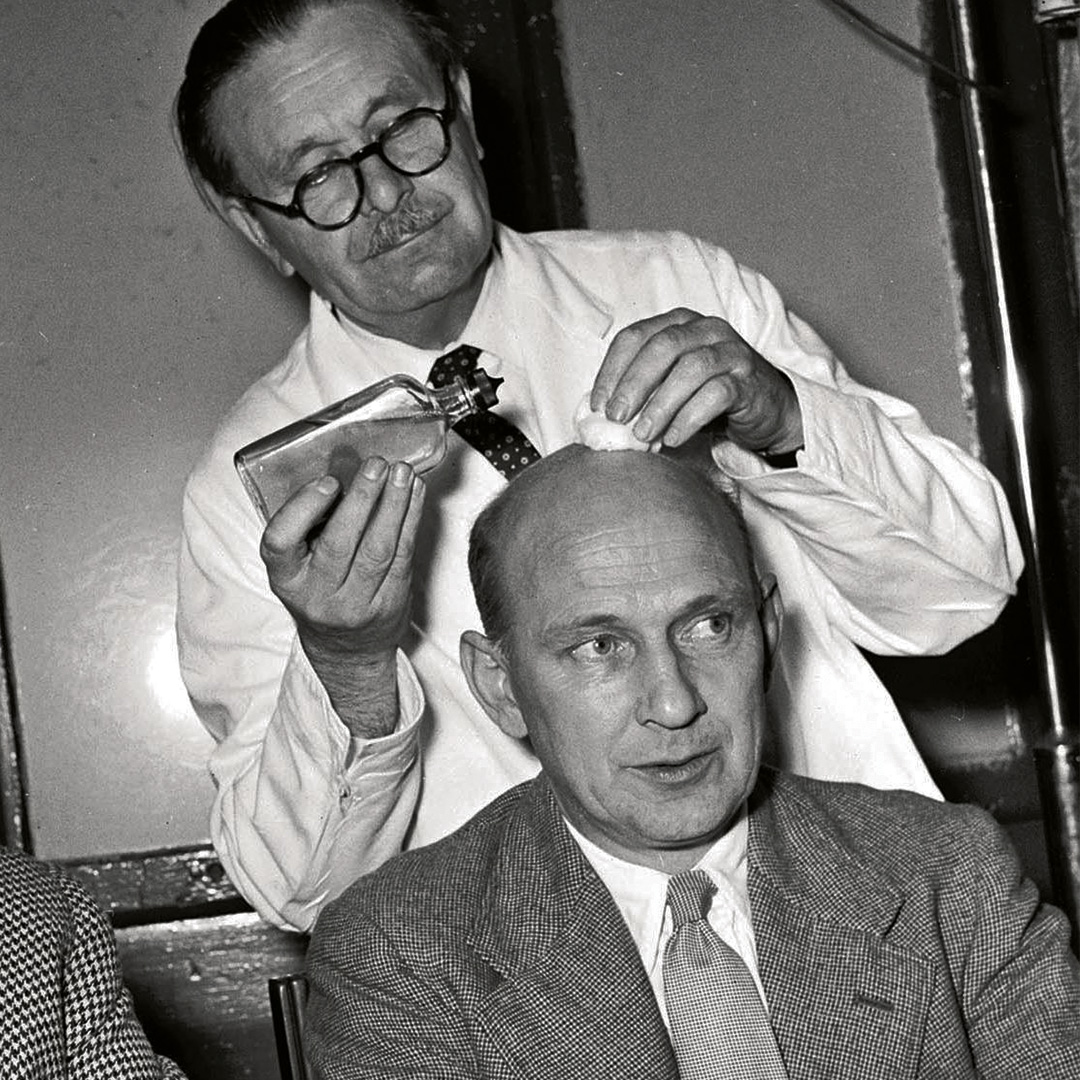
19th century first hair transplant studies
Hair restoration dates back to the 18th and 19th centuries. As science has developed considerably in recent centuries, action has been taken to remedy the problems of those who experience hair loss. In the first hair restoration procedures, hair transplant was done by flaying the scalp and transplanting the scalp elsewhere.
The first of the successful hair transplants was performed by a German medical student and teacher in 1822. During this procedure, the hair in one part of the head was moved to another part. The efforts of these two doctors, who were trying to find a solution for male pattern baldness, were not visible enough in medical history.
The doctor who marked the history of hair transplant with his different approach is J. Dieffenbach. Dr. Dieffenbach experimented with animal skins and feathers in his hair transplant studies. Then, not content with this, he transplanted some of his own hair to his arm. With this work, Dr. Dieffenbach broke new ground in the history of hair transplant and contributed to paving the way for new studies.
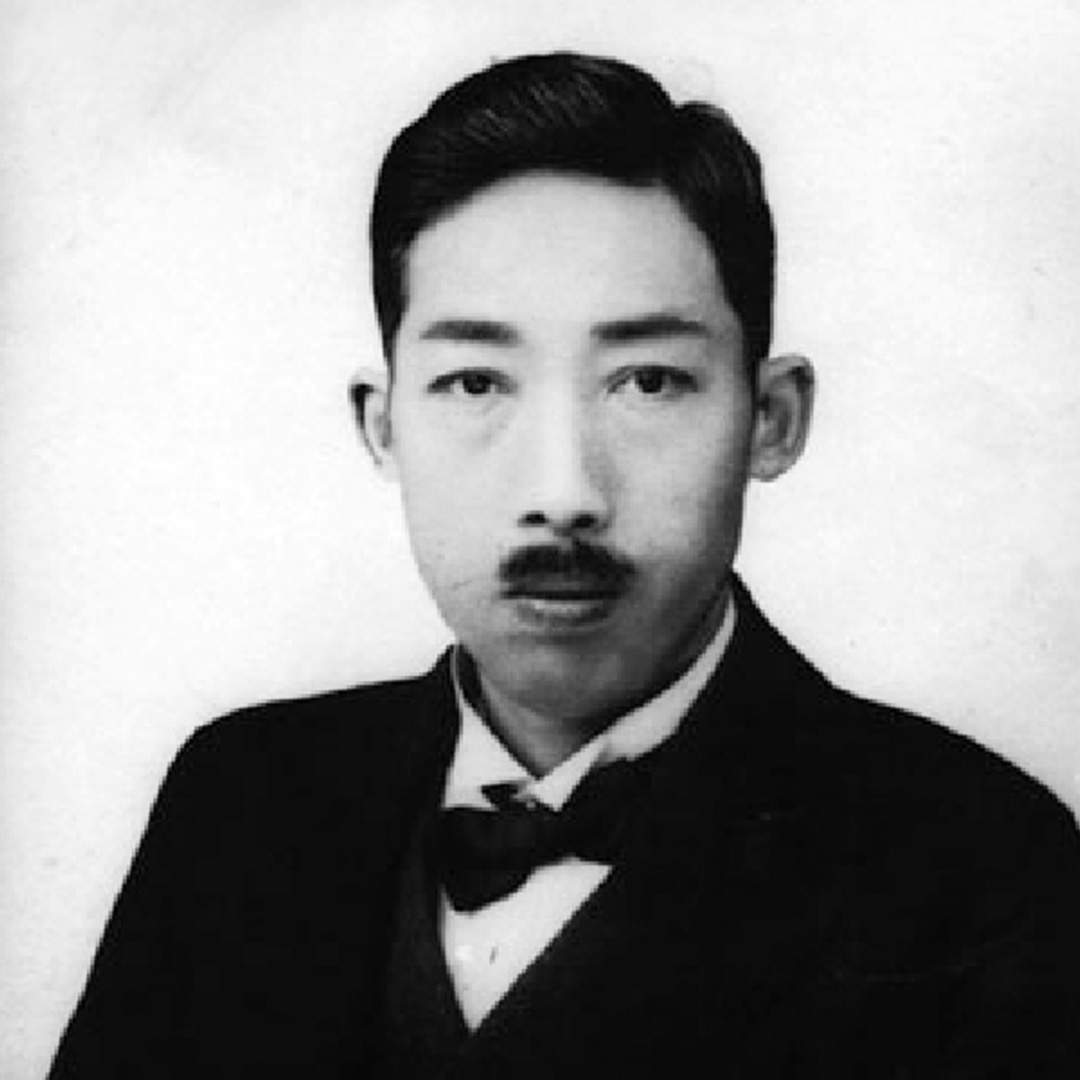
Hair transplant in Japan in the 1930s
The 1930 studies on hair transplant are the studies that started the modern hair transplant technology. In these years, doctors aimed to treat hair loss, especially as a result of burns and other injuries. In this sense, modern hair transplant technology has its roots in Japan. In the 1930s, Japanese doctors developed groundbreaking methods in hair transplant.
In the studies carried out by dermatologist Dr. Okuda, he developed new methods to treat burn victims and people with scalp injuries. In these studies, Dr. Okuda took round sections of the scalp and placed them on the damaged area, which produced new hair. Dr. Okuda’s work on hair transplant took place during World War II.
Hair transplant in New York in the 1950s
In the early 1950s, our new address for hair transplant was New York. Dermatologist Dr. Norman Orentreich transplanted a male patient with genetic hair loss with a specially designed hair transplant method. After the transplant was completed, it was discovered that the hair on the sides and back of the head was genetically resistant to hair loss. Dr. Norman found that when hair from the back of the head was transplanted elsewhere, this area was resistant to balding.
In this procedure, the hair grafts were extracted from a round strip of skin. And the strip contained 20-30 hairs. The 4.0mm punch graft method used by Dr. Orentreich in hair transplant continued to be used by surgeons until 1975.
One of the negative aspects of the first hair transplant methods was that hair transplant with the punch graft method had an unnatural appearance. The fact that the hair transplanted with this hair transplant method was in intermittent tufts made the transplant result look like a “doll”. This led to a perception that hair restoration looked artificial and unnatural.
Hair transplant after the 1980s
In the 1980s, there were great changes in hair transplant methods. The punch graft method, which gave a doll-like appearance in the past, was abandoned and a hair transplant method in which large strips of hair were taken from the scalp was introduced. In this restoration method, mini grafts and micro-grafts were designed to plump the hair and provide a refined appearance to the front hairline.
From the 1990s to the present day, we can say that the FUT (Follicular Unit Transplantation) method has started to be used. This technique aims to make the patient’s hair look more natural.

With this method, hair tissue, hair follicles, sebaceous glands, nerves, and fine vellus hairs are removed. Performing this procedure has enabled thousands of hair grafts to be removed in a single session. Thanks to this method, the aesthetic effect of the hair transplant procedure is increased.
Following the FUT hair transplant method, the first FUE surgery was performed in 2003. In the FUE (Follicular Unit Extraction) method, hair follicles taken one by one from the donor area are transplanted to the target area. With this method, hair transplant to the balding area was performed without causing any scars on the scalp.
Hair transplant methods used in recent years
Painless and painless hair transplant methods have increased considerably in recent years with the development of techniques in hair restoration. In addition, the FUE hair extraction method has gone beyond the possibilities offered by FUT. In the FUT method, hair follicles are extracted by taking a section from the scalp, while in the FUE method, hair follicles are taken one by one from the back of the head. In this way, the scalp is less damaged during hair follicle extraction.
Following these studies, the FUE Research committee was established by leading hair transplant experts. FUE procedures have been developed to minimize the possible side effects of hair transplant. In this sense, FUE is one of the most popular hair transplant methods today. On the other hand, hair transplant methods such as DHI and FUE sapphire are also among the hair restoration techniques.
FAQ (Frequently Asked Questions)


